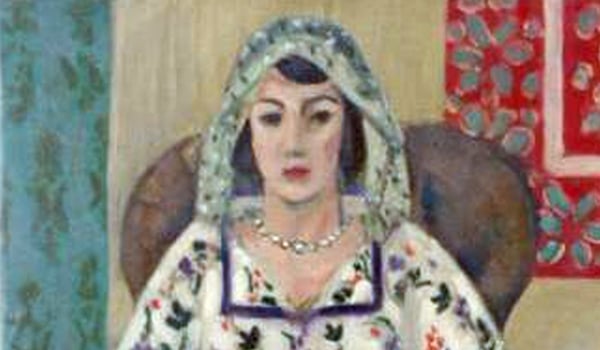
The Henri Matisse portrait painting Seated Woman/Woman Sitting in Armchair (1921), which was rescued from the Munich apartment of the late Cornelius Gurlitt in 2012, has been traced back to legendary French dealer and collector Paul Rosenberg, a team of researchers have found. According to the New York Times, the colorful and a little stiff portrait painting was looted from the Parisian collector by the Nazis, making it the first piece from the Gurlitt trove to have its provenance verified.
“Although we were not able to document with absolute certainty the circumstance through which Hildebrand Gurlitt came into possession of the work, the task force nevertheless has come to the conclusion that the work is Nazi-looted art that legally belongs to the Paul Rosenberg collection,” Ingeborg Berggreen-Merkel, leader of the committee charged with looking into the provenance of works from the Gurlitt collection suspected of being Nazi loot, told the Times.
In spite of its confirmed status as loot, it may be months before the Matisse is returned to Rosenberg’s heirs. And restitution proceedings are off to a rocky start, as the dealer’s descendants expressed dismay that they were not informed before the discovery was made public.
“It is the height of insensitivity and continues the vein of disregard for due process and compassion that we have seen since the discovery of the Gurlitt hoard,” the director of Art Recovery International, Christopher A. Marianello, who represents Rosenberg’s family, told the Times.
In a surprise move, Gurlitt left his collection to the Kunstmuseum Bern in Switzerland—a donation the museum has yet to formally accept. But he also struck a deal with the German government that any works that are determined to be Nazi loot must be given back to the victims’ descendants.